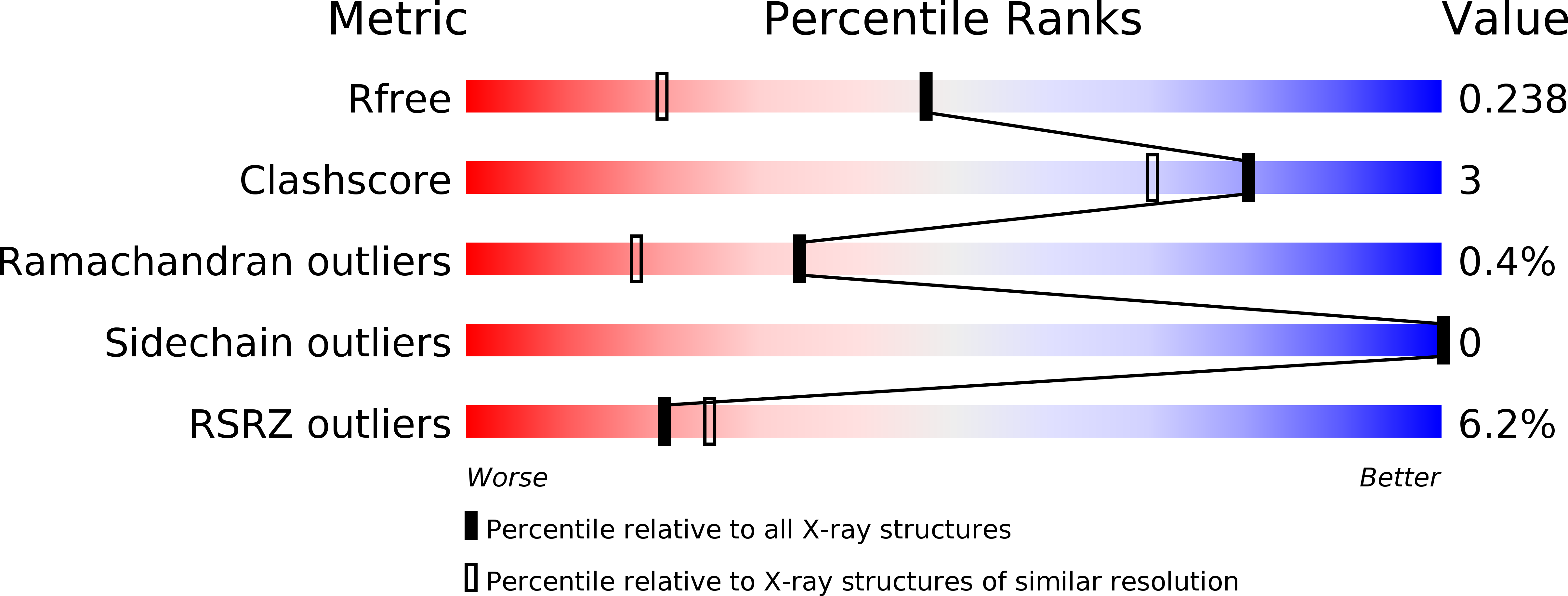
Deposition Date
2017-03-30
Release Date
2018-03-07
Last Version Date
2023-10-04
Entry Detail
PDB ID:
5VBS
Keywords:
Title:
Structural basis for a six letter alphabet including GATCKX
Biological Source:
Source Organism:
Moloney murine leukemia virus (isolate Shinnick) (Taxon ID: 928306)
Escherichia coli (Taxon ID: 562)
Escherichia coli (Taxon ID: 562)
Host Organism:
Method Details:
Experimental Method:
Resolution:
1.75 Å
R-Value Free:
0.23
R-Value Work:
0.20
R-Value Observed:
0.21
Space Group:
P 21 21 2


